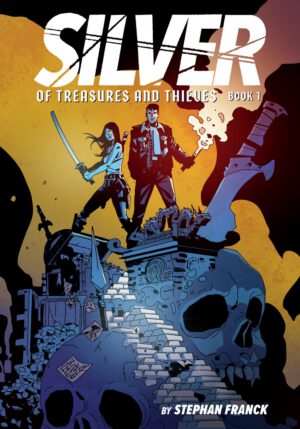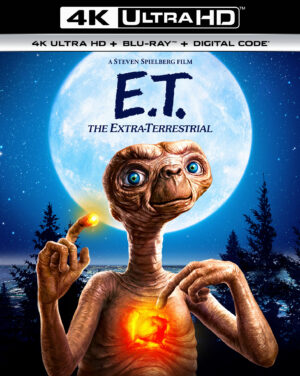The Grande Odalisque by Vives, Ruppert + Mulot
This stylish thriller of a graphic novel (or bande dessinee) was made by three people: Bastien Vives, Florent Ruppert, and Jerome Mulot. The title of this post is styled as they are credited on the book: Vives / Ruppert + Mulot. All three are writer/artists. Ruppert and Mulot are a team who typically work together on all aspects of a story. I have no idea how they broke this down: if it were an American comic, that order would imply Vives was the writer and the other two the art team, but French credits often work in the reverse fashion.
So: the three of them did this, in some combination. If we can see a movie without worrying about what, exactly, a Director of Photography does, I think we can bring a similar equanimity to The Grand Odalisque , which is very much like a big-budget classy thriller movie on the page.
It’s a large-format album, appropriate for the style and the substance. I found the dialogue lettered just a bit too small and too lightly; take that into account, particularly if you intend to read this digitally.
It is a thriller, which means a lot of things: our heroines are amazingly competent, stunningly gorgeous, and massively flawed; the world is full of dangers, but not fatal ones; and hitting someone on the head or shooting them with a tranquillizer dart is a foolproof, immediate way of making that person go unconscious for exactly as long as you require, with no ill effects. Any readers who want more realism need to go elsewhere: this is Mission: Impossible-style action on the comics page.
Carole and Alex are high-level art thieves; we see them steal Le Déjeuner sur l’herbe from the Musee D’Orsay in the opening pages of the book. They squabble like an old married couple, and have been doing this for about a decade, even though they’re both still quite young – Carole is a few years older, but I don’t think she’s hit 30 yet. Again, in a realistic world they would be killed or captured very quickly; this is not in any way a realistic world.
They are gorgeous, they are stylish, they are the best at what they do. But they can’t do the next job alone – getting Ingres’ La Grande Odalisque out of the Louvre. So first they enlist an arms dealer to get them guns, and then a getaway driver, Sam, who becomes the third woman of their team – presumably going forward, since there’s already a second book.
After some minor complications – their arms dealer is captured by Mexican bandits, and to my surprise the solution isn’t “he’s already dead” (again: this is not a realistic story) but “let’s go, in bikinis, to slaughter the drug-lord and half-heartedly take over his operations” – it’s finally time for the big caper, which is as widescreen and cinematic as could be hoped, with exciting motorcycle chases and automatic-weapons fire and both helicopters and ultralight aircraft.
And if, in the end, the reader thinks “there’s no possibly way they could escape, in public, in the middle of Paris, with that level of police attention,” well, what I have I sad three times already? You are not meant to take The Grand Odalisque seriously. But, if you take it on its level, with all of its tropes and assumptions, it is a lot of fun. If you read it, I recommend making every effort not to engage the critical side of your brain; it will be no help.
Reposted from The Antick Musings of G.B.H. Hornswoggler, Gent.























